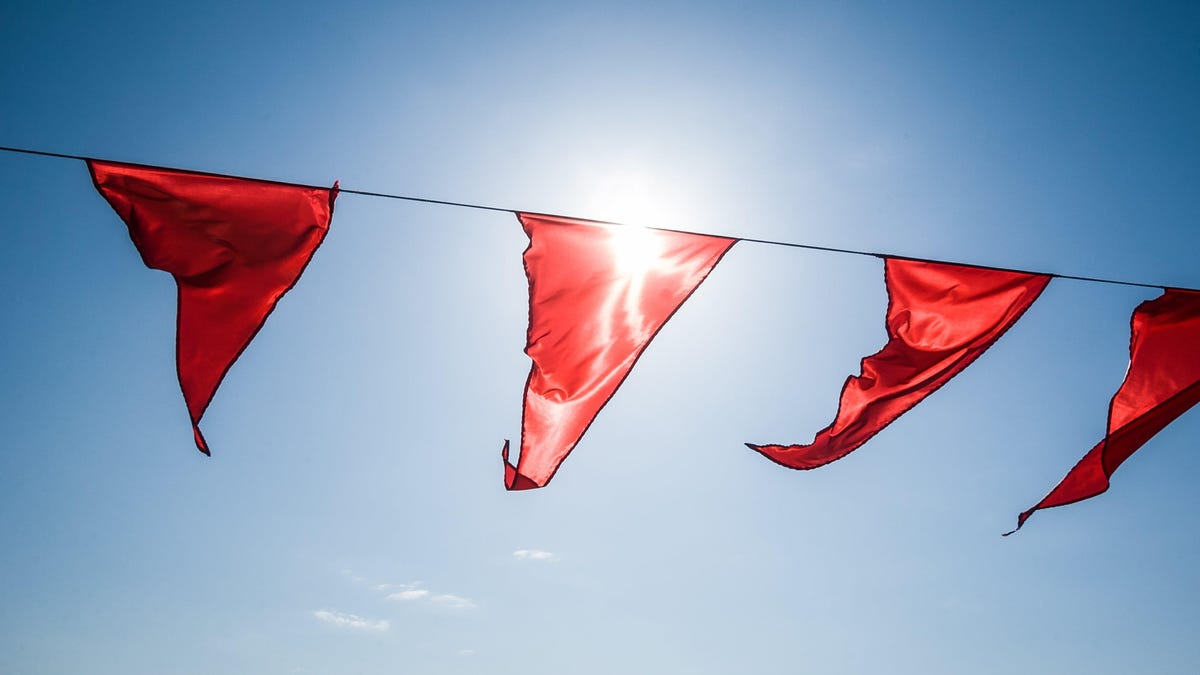The 7 Deadly Sins of Owning Houseplants
If killing houseplants was a crime, I’d be on death row—my past is littered with the corpses of philodendron, ferns, and spider plants. I’ve made every mistake possible, from watering them too much, to burning them with too much...


Photo: Adam Yee (Shutterstock)
If killing houseplants was a crime, I’d be on death row—my past is littered with the corpses of philodendron, ferns, and spider plants. I’ve made every mistake possible, from watering them too much, to burning them with too much light, to salting their soil through over fertilizing.
To save you from the same indignity, here are the seven deadly sins of growing houseplants so you may avoid them and allow your plants to live the long, healthy lives they deserve.
Neglect

Photo: Firn (Shutterstock)
Maybe you spent a long weekend trying to get your life in order and decided that you need to be the kind of person that has houseplants. Cool! But after the initial rush of excitement, you just kind of forgot about your new roommates. Uncool, because if you neglect your plants, they will die. Unlike a dog or a child, houseplants won’t remind you when they’re hungry or thirsty, but you are the sentient one in your relationship with your plant, so it’s entirely on you to provide the water, light, and soil.
Overwatering

Photo: Ashley-Belle Burns (Shutterstock)
Overwatering is the opposite of neglect, but it’s no less deadly. When I see an ailing plant, my first thought is, “It needs more water,” but overwatering is a more common cause of plant-death than not watering enough. Keeping most plants in constantly saturated soil means that the roots can’t get the oxygen they need. Overwatering can also lead to root-rot and moldy soil. Signs of overwatering include wilting leaves, yellow, droopy leaves, moldy soil, and shedding new and old leaves. To provide the proper amount of water, first check the moisture by sticking your finger about 2 inches into the soil, or getting a moisture meter. If the soil is dry, water it. But make sure your pot is draining properly.
Wrong amount of light

Photo: Tema_Kud (Shutterstock)
Some species of plants need a lot of light, like succulents and cacti, where other like to grow in gloomier environments, like the nearly indestructible Chinese evergreen, so you have to know your plant and your lighting condition. Place plants that need bright lights near a southern or western facing window that isn’t shaded. Plants that need indirect lights can be placed in an east facing window, or in front of a window with a sheer curtain. Low light plants can be in front of North facing windows or in a generally dimly lit part of the house.
5 / 9
Not fertilizing correctly
Not fertilizing correctly

Photo: VH-studio (Shutterstock)
Like too much water, an overabundance of fertilizer can be murder for a houseplant, but they will grow better with some fertilizer—in houseplants, as in life, balance is everything. Many potting soils are already fertilized, but after a couple of months, you’ll have to replenish the plant-nutrients. For indoor plants, you could use a liquid fertilizer dissolved in your watering can, but slow-release fertilizers are easier. These little pellets dissolve over time so you don’t have to think about it for three or four months. But don’t overdo it. Signs of over-fertilization include a crust on the soil surface, yellowing lower leaves, and brown leaf-tips.
Dirty and dusty leaves

Photo: Ellyy (Shutterstock)
Like everything in your home, your plants’ leaves will gather dust over time, but unlike your bookcase, your plants leaves need to absorb sunlight so photosynthesis can occur, and a layer of dust or grime makes this more difficult. So when you water your plants, check the leaves to see how dusty they are. How you wash ‘em depends on the plant, but for plants without overly delicate leaves or flowers, you can sponge them off with some mildly soapy water. Or take them into the shower with you (if you’re some kind of plant-weirdo) and hose ‘em down with the shower head. Or you could use a duster, microfiber cloth, or paintbrush for more delicate plants.
The wrong size pot

Photo: Farhad Ibrahimzade (Shutterstock)
You need to have the right size pot for your plant. If the pot is too small, your plant’s roots will be constricted, and less soil means less nutrients for it to absorb. A pot that’s too big can result in soil that’s too moist, and can make it difficult for the soil to be firmly packed around the roots. The right size pot for your plant depends on the species, specifically the size of the roots, so there’s no hard and fast rule. (Although the pot you bring it home in from the garden center probably isn’t the right size.)
8 / 9
A too-rigid watering schedule
A too-rigid watering schedule

Photo: Ivan Serebryannikov (Shutterstock)
You might think a set schedule for watering and fertilizing your plants is the way to go, but it actually doesn’t work as well as you might think. Your plants need different amounts of water in different seasons, and there are a lot of factors that change the atmospheric conditions in your house. It’s likely to be drier in your house in winter, because home heating systems suck the moisture from of the air. But plants are less “active” in terms of growth in winter months, and so might need less water. It’s impossible to predict, but luckily, you don’t have to if you water your plant based on how dry its soil is as opposed to the clock.

 Aliver
Aliver 































